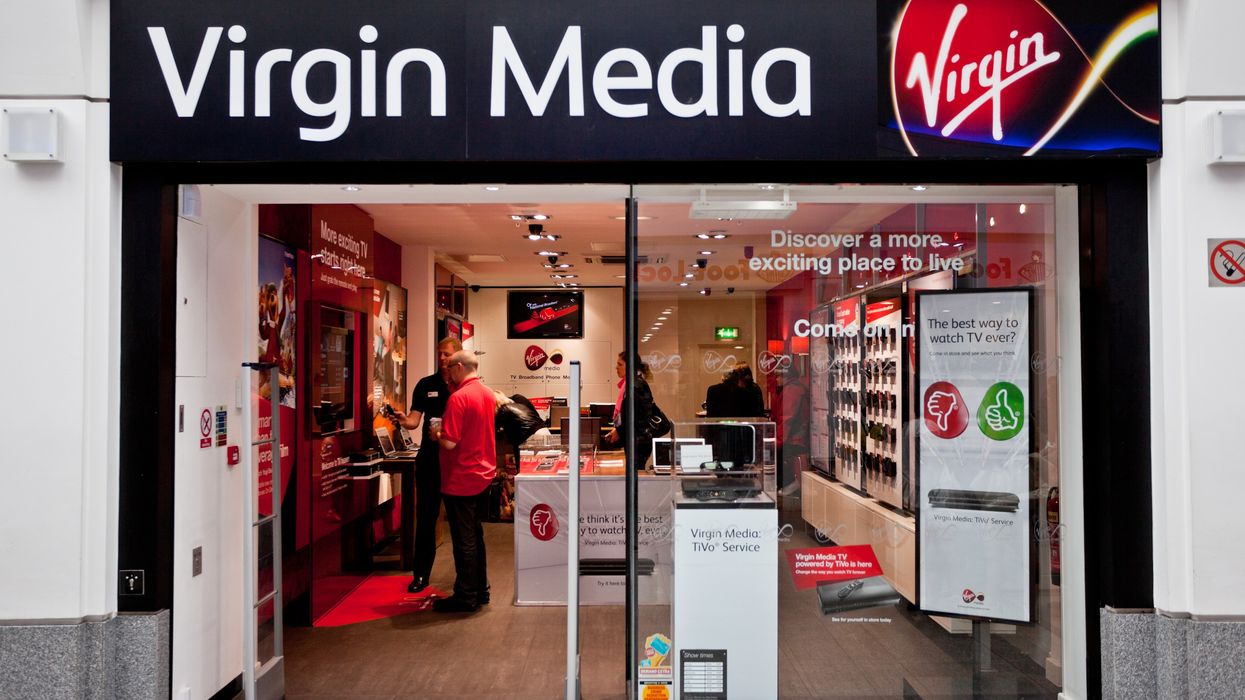While transporting valuable goods, you need to be 100% sure about dispatching your consignment safely. Thus, the question of choosing the right logistic service powered by adequate 3PL software arises.
E-commerce businesses around the globe are transporting vast amounts of goods daily. Every second, someone, somewhere in the world is placing an order on an e-commerce site. Hence, it is more important than ever for customers to choose the best freight service possible to ensure on time delivery and at a lower cost.
According to the Association of American Railways, “Railroads are the most environmentally sound way to move freight over land. On average, trains are four times more fuel efficient than trucks. They also reduce highway gridlock, lower greenhouse gas emissions, and reduce emissions of particulate matter and nitrogen oxides. Through the use of greener technologies and more efficient operating practices, our nation’s privately owned freight railroads are committed to even greater environmental excellence in the years ahead.”
Train services are a decade-old mode of shipment that is still relied upon by numerous global organizations. In this article we are going to explore why the railway is still a great option for transporting your goods:
- Heavy Weight can be Shipped at a Lower Price
Everyone knows railway costs are much lower compared to other logistic services available. The railway is the cheapest way to transport your goods. Air transport services charge extra amounts of money for every 1 kg of load. Whereas the railway freight cost slab increases per 10kg of load.
- Less Fuel Cost
The train requires minimum fuel to run as compared to trucks and planes. This is why other modes of transporting goods are highly expensive compared to railway shipments. Train logistics services can save your transportations cost by up to 40%.
- Heavy Loads
Trains can handle heavy, large loads. A train can transport far more materials and goods across nations at one time than any plane or truck. It would require a fleet of trucks or planes to take the transport similar amounts as a train, which again raises costs for both companies and consumers. A train can haul 14000 tons, which is almost 5000 times a truck can pull. This becomes a huge advantage for the shippers who need to deliver heavyweight goods or bulk orders especially raw materials, industrial supplies, etc.
- Fewer Formalities Required
The formalities required for booking tickets for your cargo via train is less than air travel, which inevitably saves logistics companies time. All thanks to the 3pl software (Third Party Logistics) it has become easier to book space for goods.
- Cargos Handled with Great Care
If you need to dispatch a TV, laptop, or any other kind of fragile product, then train logistics can take care of your product more efficiently than other service providers. This is because trains have a higher frictional resistance than roadway vehicles.
Moreover, trains pass through uniform rail tracks without bends or irregular construction. This is the major disadvantage of sending your delicate items via truck. Bad road conditions cause jerking in even the heaviest vehicles. It’s clear, your cargo would be far safer being transported via the railway than a truck.
- Security
Many governments around the globe oversee railway security and ensure goods being transported are safe and secure. When you are opting for transferring cargo via railway, governments often take complete responsibility for your products and will cover your needs if something goes wrong.
- Minimal Risk of Misconduct
Trains run on separate tracks. Trains don’t share routes with the public or the other vehicles as roadway heavy vehicles do. This reduces the risk of misconduct and allows goods to be safely transported.
- Railway Employs Advanced Technologies
Nowadays the railway is using advanced technologies to provide customers with a better experience. To increase the security of the cargos, the railway started using GPS trackers. With the help of this technology, it is possible to find out if a product is stolen or damaged. This empowers the railway department to combat unexpected happenings.
- Covers Long Distance
The Indian railway network is Asia’s largest railway network. It covers and connects the whole country, having routes across all states reaching the farthest, most remote locations. No matter where you want to send an order, Indian railway logistics are available everywhere.
If time is not a matter of concern, it is better to send out the products through trains. Trucks can’t cover such a long distances and air freight rates are much higher than rail. Again, if you need to ship heavy goods then the railway is the sole option to go for, especially in India.
- Faster Delivery Only Next to Airways
As it is stated earlier that the trains use separate tracks for traveling. Thus, there is no chance of halting trains due to traffic jams. It runs at a normal speed day and night to dispatch its products on time without any delays.
- Environment Friendly
In addition to the cost factor, thinking from an environmental perspective, the railway gets first preference. Trains run through electricity and don’t pollute the environment like other modes of transport. The risk of emission is almost zero. As a responsible citizen, we can contribute to our society by opting for eco-friendly railways.
- Convenience of Integrating 3PL Software
Nowadays technologies have become the heart of most of the operations. Using technology can make any procedure seamless. 3pl software takes care of all aspects of supply chain business. It confirms your orders, manages warehousing issues, and makes the entire shipment procedure easier.
Conclusion
Choosing the correct freight service is an important factor, as your cargo safety, reputation of your business, and your ROI depends on it. As we have explored in this article, the railway is hugely beneficial and may be an option that suits your logistics business needs.


















